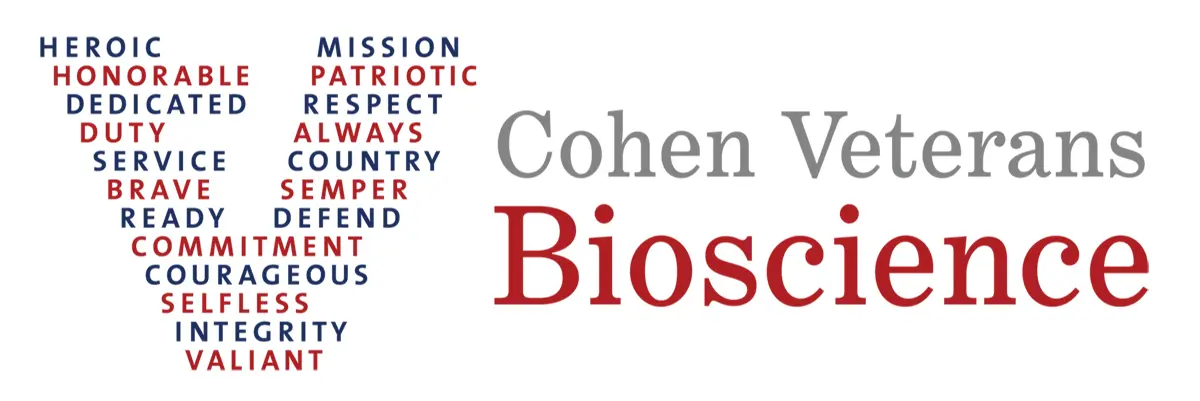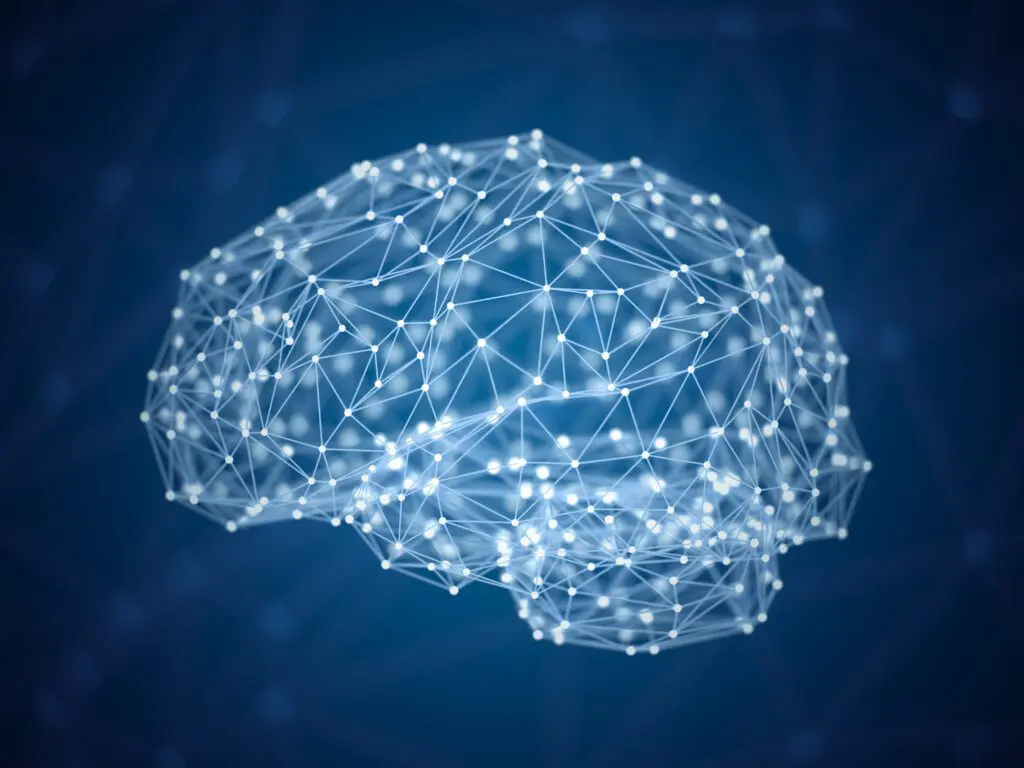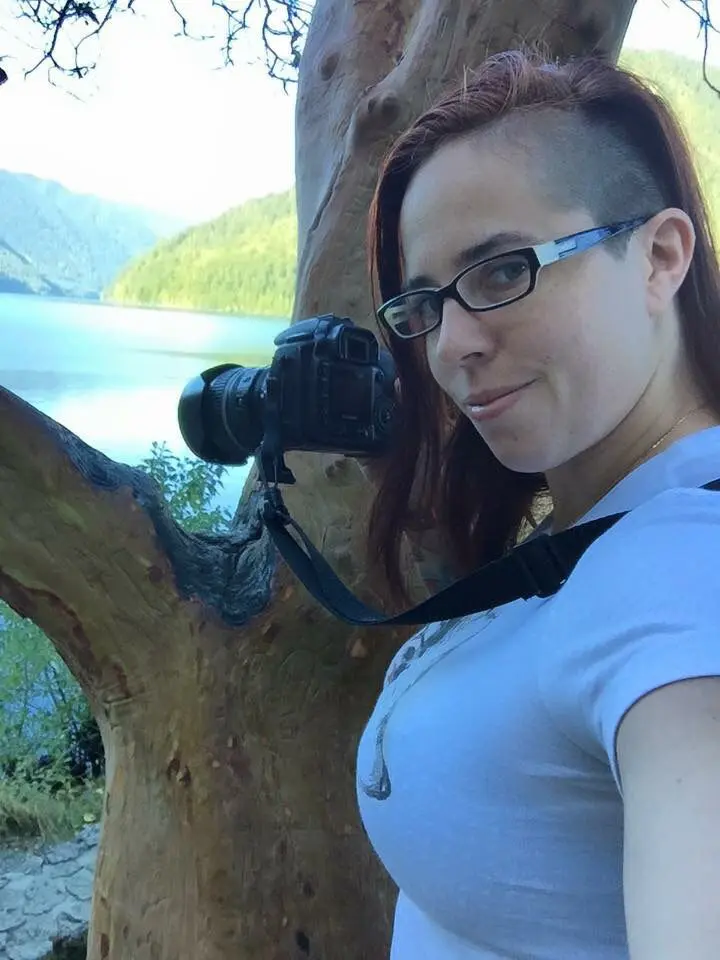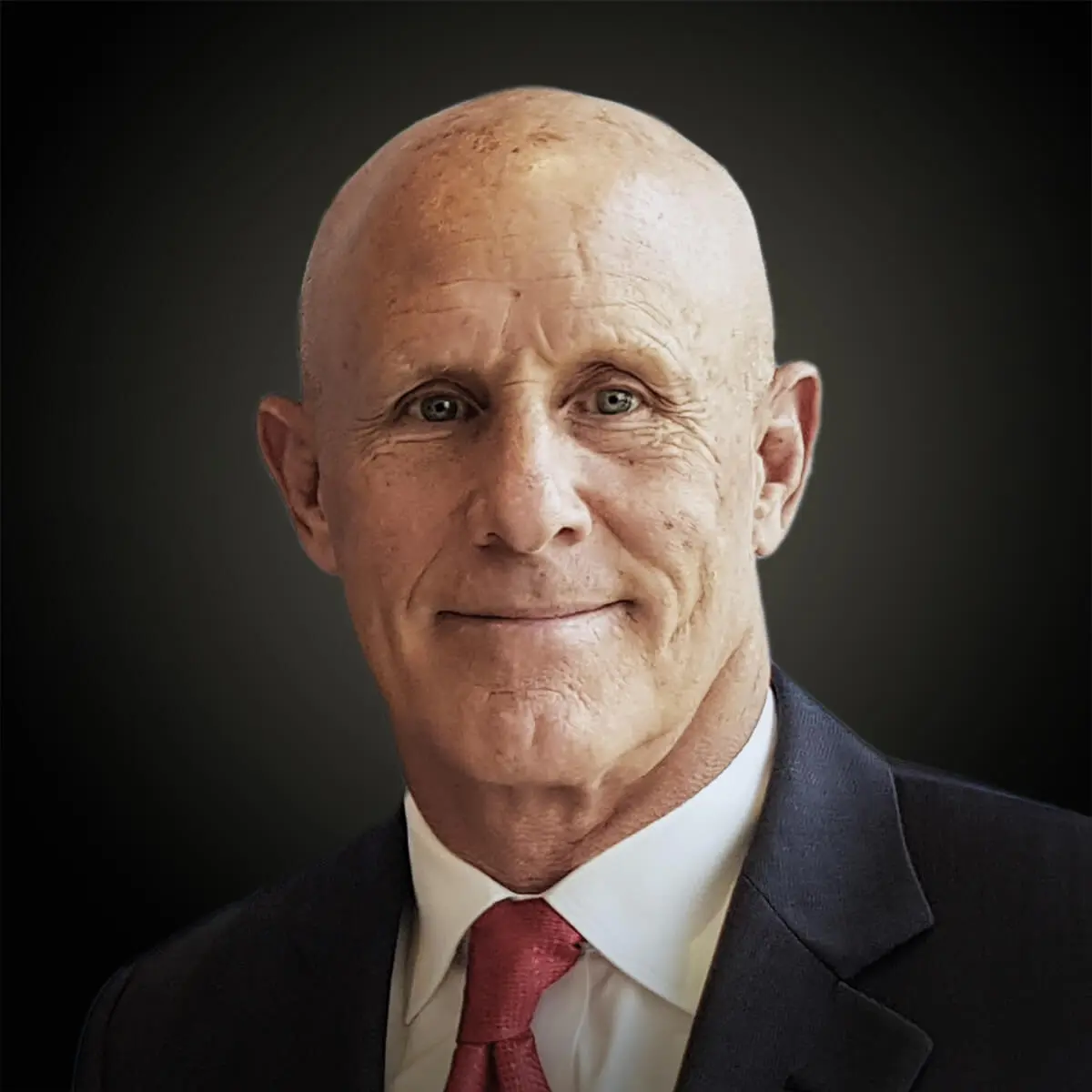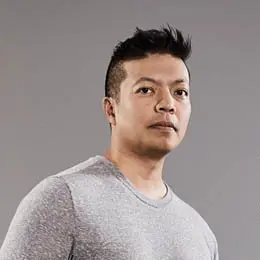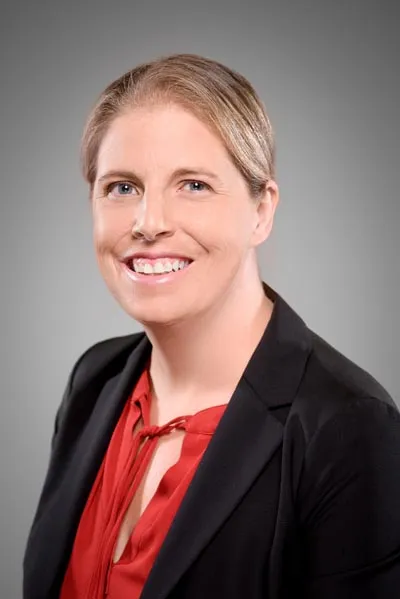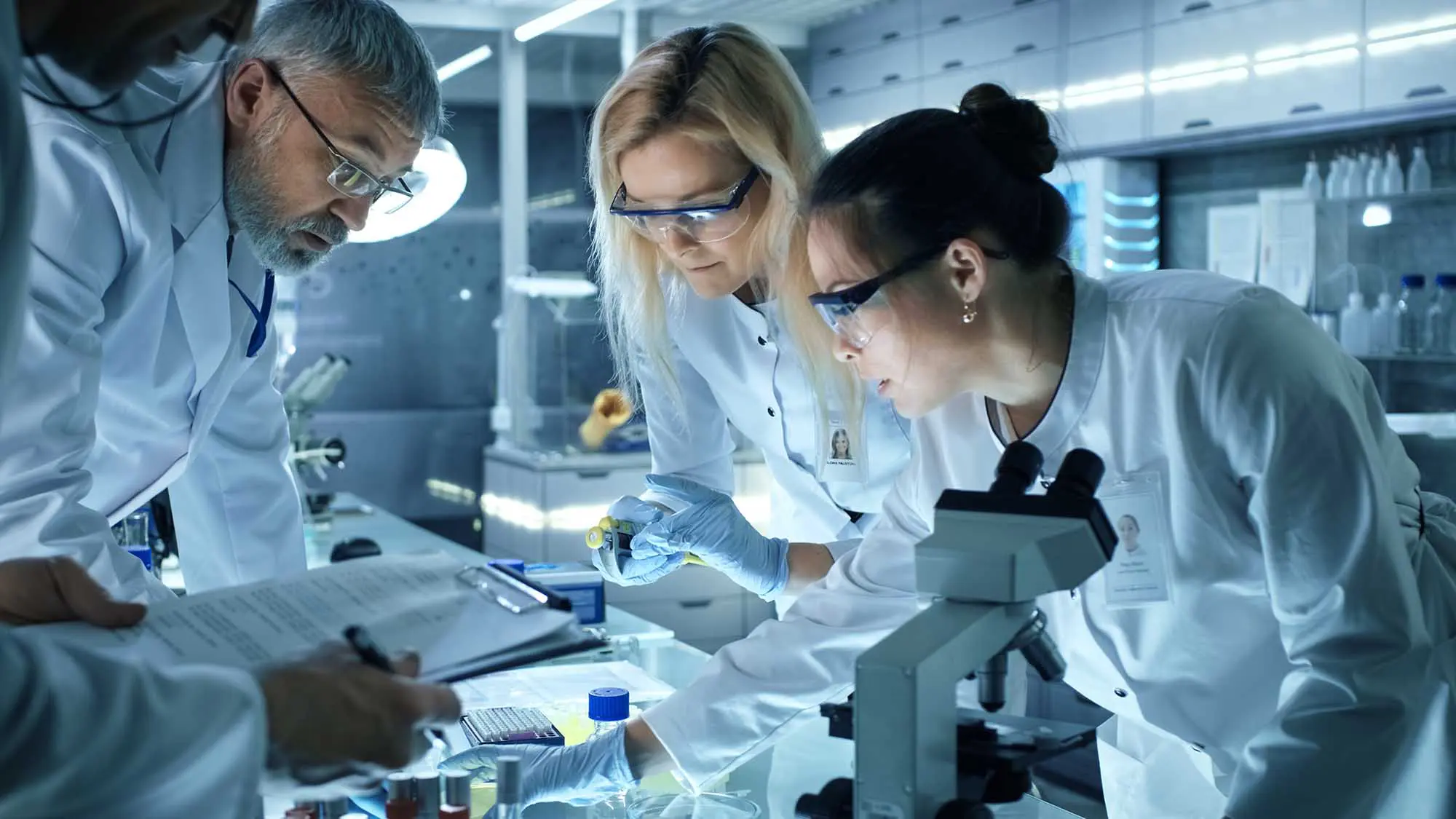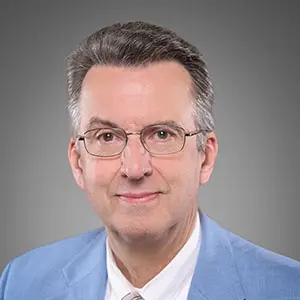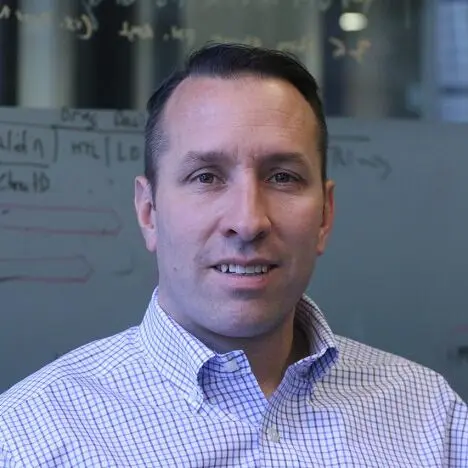What are psychedelic compounds?
The types of compounds referred to as psychedelic compounds has expanded in popular culture. In general, the term refers to a group of substances that can produce temporary changes in a person’s mood, thoughts or perceptions of reality. They can also produce temporary changes in our senses, altering the way people see, hear, taste, smell or feel.
Psychedelic compounds come in many different forms, ranging from chemicals produced in a laboratory such as MDMA to natural compounds derived from plants, animals and fungi such as psilocybin. Researchers generally categorize the different compounds based on how they act in the brain.
Below are the basic categories of psychedelic compounds and some examples of each that are now being researched for their treatment potential:
- Psilocybin (4-Phosphoryloxy-N,N-Dimethyltryptamine): Psilocybin, sometimes referred to as “magic mushrooms,” is a chemical compound found in certain mushrooms that grow in the United States, Mexico and South America. It is one of the most highly researched psychedelic compounds and is being studied as a potential treatment for variety of conditions including depression (both TRD and MDD), PTSD, AUD, anorexia nervosa and obsessive-compulsive disorder.
- LSD (D-Lysergic Acid Diethylamide): Commonly referred to as “acid,” LSD is a clear or white, odorless, lab-made (synthetic) substance derived from lysergic acid, which is found in fungi that grow on rye and other grains. LSD is being studied as a treatment for conditions such as cluster headaches, attention deficit hyperactivity disorder (ADHD), and GAD.
- DMT (N,N-Dimethyltryptamine): DMT is a chemical compound found in plants native to the Amazon rainforest. DMT is often consumed as a tea, known as ayahuasca. DMT can also be synthesized in a lab. DMT is being studied as a treatment for many conditions including TRD, bipolar disorder, and AUD.
- Ketamine: Ketamine is a chemical compound used to induce anesthesia during surgery mainly in animals. A derivative of ketamine, called esketamine, has been FDA-approved to treat TRD since 2019, and both ketamine and its derivatives are being further studied as a treatment for conditions such as AUD, MDD, and acute suicidal ideation and behavior.
- MDMA (3,4-Methylenedioxymethamphetamine): MDMA, also known as “ecstasy” or “molly,” is a lab-made (synthetic) drug that has some effects similar to stimulants such as methamphetamine in addition to producing psychedelic effects such as altered visual perceptions. MDMA is the furthest along in the FDA approval process, with advanced clinical trials in PTSD completed and being prepared for FDA review. MDMA is also being investigated as a potential treatment for other disorders, including eating disorders (anorexia nervosa and binge-eating disorder) and autism spectrum disorder.
- Ibogaine: Ibogaine is a chemical compound that comes from the bark of certain plants, including the iboga shrub, which is used in religious ceremonies in Western Africa. While ibogaine does have psychedelic properties, it affects a different spectrum of brain activity than the other listed psychedelic drugs or dissociative drugs. Ibogaine is not as widely studied as the other compounds described and when it is, it is usually investigated in opioid withdrawal syndrome or AUD.
Why are psychedelic compounds now being considered as a potential treatment for brain disorders such as PTSD and depression?
Psychedelic compounds have been used for centuries in cultural and religious ceremonies. Some psychedelic compounds, specifically, LSD, received initial attention as a potential treatment for several psychiatric disorders in the 1940s. In the 1960s, the use of these drugs moved outside of research labs and into the public and became associated with both the counter-culture and concerns of abuse. This led to LSD and other psychedelic compounds without any proven medical use becoming regulated by the Drug Enforcement Administration (DEA) as Schedule I in the 1970s. Being categorized as Schedule I adds several time- and cost-intensive hurdles to clinical research, and, as such, the investigation of these compounds as potential treatments practically stopped.

However, the urgent need to identify better therapies for disorders with high rates of treatment resistance such as TRD and PTSD, combined with early promising results from small studies largely led by foundations, has fueled renewed attention on these compounds, including from the pharmaceutical industry. This research is still in the early stages. As of July 2021, there were only 14 published studies of classical psychedelics, enrolling a total of 315 participants, most without the expected controls that allow regulators to know whether the compound works. In 2022, the publication of two additional studies with more rigorous designs demonstrated that the field is taking this potential category of treatment seriously.
In order to understand their potential as a therapeutic, we need more large clinical trials conducted with rigorous scientific standards using guidance provided by the FDA.
Why/how are psychedelic compounds challenging to study?
Psychedelic compounds are inherently more challenging to study with the same rigor as other therapeutics. Because of these challenges (listed below), there are still outstanding questions related to the safety and efficacy of these compounds, as well as to the durability of their clinical effects. In addition, due to the limited number and narrow population studied to date, we do not yet know who the appropriate candidate patients for successful use are. Further, because these potential treatments are incredibly resource intensive, many questions remain on the equitable access of these treatments for all those who need them, regardless of economic means, as well as whether and how they will be covered by insurance. Finally, quality clinical data will help move forward the entire field of psychiatric disorder research.
Below are five issues that clinical trials studying psychedelic compounds must overcome:
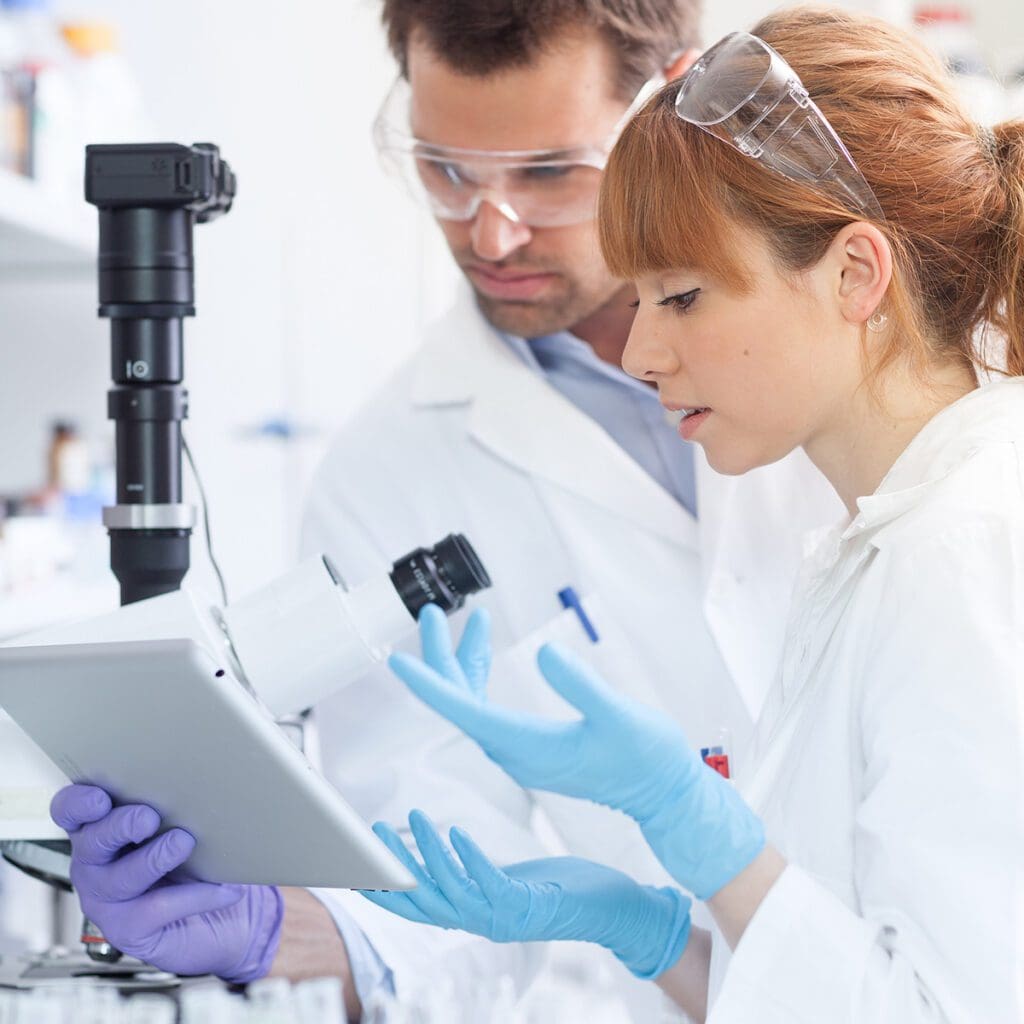
Psychedelic trials are difficult to blind. Psychedelic compounds produce extraordinary subjective reactions that are well-known (and expected) by the trial participants. This is called the “set” or mindset issue. In addition to the mindset people have coming into the clinical trials, participants are often required to participate in pre-therapy sessions that prepare them for what they will experience. This increases their expectation of an effect, makes it even clearer when they are not in the study arm getting the psychedelic, and further challenges the ability to distinguish a drug effect from a “placebo” effect.
“Setting” refers to all that’s going on in your immediate environment during the psychedelic treatment session, such as the people around you and their behaviors, the type of furniture in the room, whether there is music playing, and even the smells and lighting of the room. Clinical trials need to determine how the environment in which the individual takes the compound enhances or detracts from the effects of the drug itself.
Many of these compounds are being developed as tools to enhance the effectiveness of psychotherapy. For example, some compounds have a capacity to induce an altered or opened sense of self and relatedness to others, which may enhance the psychotherapy experience by increasing trust and openness. Other compounds are thought to increase plasticity, potentially facilitating the uncoupling of fear from the traumatic memory during trauma-focused psychotherapies. For those compounds where the psychedelic therapy is proposed as enhancing the effect of psychotherapy, the FDA will have to consider how they will label a compound that enhances a type of therapy that they do not regulate, i.e., psychotherapy. This also emphasizes the need for the FDA to understand what the drug effect is apart from the psychotherapy effect. In addition, the DEA has designated many psychedelic compounds as Schedule 1, so there are limitations as to who can study them and under what conditions, which reduces the amount of research into these compounds compared with non-Schedule 1 compounds. With fewer studies, it makes evaluating the true effect of these compounds based on a limited number of and relatively small studies very challenging.
A well-designed, regulatory-quality study should determine whether the subjective effects are a necessary part of the “mechanism of action” or whether compounds can be developed that have the same potential effects without the risk of hallucinations, dissociation, or the need of multiple therapists and hours of being watched in a clinic during the administration period. Some drug development companies are specifically developing drugs that act on the same pathways in the brain but do not produce the hallucinations or other effects typically associated with psychedelic compounds.
Many patients with intractable PTSD will likely have previously been on or currently be on drugs with an overlapping mechanism of action such as SSRIs or SNRIs. For some people, if SSRIs or SNRIs were not effective for a patient, then the expected effect of a psychedelic that also works through the serotonergic system may not be as great. In those that did see some benefit from SSRIs or SNRIs, long term use of serotonergic drugs can actually change how the body responds to serotonergic drugs and thus, psychedelic compounds may not be as effective for those people. From a safety perspective, there is also the risk of inducing serotonin syndrome (with symptoms ranging from mild, e.g., agitation, tremor, to more serious, e.g., seizure, vomiting) by using more than one of these serotonergic drugs at a time.
CVB's position regarding research of and advocacy for psychedelic compounds
Research of Psychedelic Compounds
Cohen Veterans Bioscience is a non-profit 501(c)(3) biomedical research and technology organization dedicated to advancing brain health by fast-tracking precision diagnostics and tailored therapeutics. CVB is committed to improving the lives of people affected by trauma-related and other brain disorders through advancing research into all therapeutics that demonstrate potential to treat the invisible wounds.
Early clinical research on the use of psychedelic compounds and psychedelic-assisted therapy to treat the invisible wounds has shown great promise, but the number of clinical trials involving these compounds is small and relatively few patients have been included in the studies. CVB advocates for rigorous biomedical research and the comprehensive evaluation and assessment of psychedelic agents’ effectiveness, safety and best candidates for treatments.
Advocacy for Psychedelic Compounds
CVB promotes policies and legislation that will positively impact Veterans, first responders and all Americans in need of new solutions for debilitating conditions such as PTSD by advancing research into the potential of psychedelic compounds.
Through the Coalition to Heal Invisible Wounds, CVB has three advocacy priorities:
- To expand clinical research into psychedelic compounds to address critical gaps in the scientific knowledge and provide conclusive evidence on the safety and effectiveness of psychedelic therapies. These studies should employ rigorous research designs and include larger, more diverse populations.
- To compel the FDA to develop critical clinical trial guidance that addresses the unique challenges of designing and carrying out clinical trials with psychedelic compounds and improves regulatory certainty for those seeking to develop safe and effective therapies for these disorders.
- To work with the DEA and other regulatory agencies to make it easier for qualified researchers to work with and conduct studies using psychedelic compounds to further understanding of how these drugs work in the brain.
